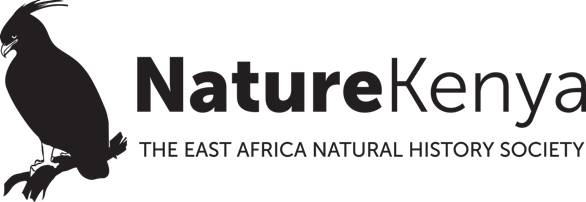Spanning over Tana River and Lamu Counties, about 182 kilometres north of the coastal city of Mombasa, the Tana River Delta is Kenya’s largest delta, and the second largest in East Africa. The Delta is a rich mosaic of palm savannah, seasonally flooded grasslands, swamps, riverine forest fragments, lakes, woodlands, mangroves, dunes and beaches. Designated as a Key Biodiversity Area (KBA), the Tana River Delta is also a wetland of international importance (Ramsar Site), a Global Biodiversity Hotspot and a proposed World Heritage Site.
The Delta supports immense biodiversity of global significance. Recent surveys have recorded more than 336 bird speciesand over 320 species of plants. The Delta is home to two endemic and Critically Endangered primates: the Tana River Mangabey and the Tana River Red Colobus. It hosts a remarkable collection of fish, herpetofauna and invertebrate species. Over 250,000 people practising crop farming, livestock rearing and fishing depend on the Delta for theirlivelihoods due to its varied, extensive and productive habitats.
Despite its wealth in biodiversity, the Delta faces many threats. Over-exploitation of natural resources, poor land use practices, unregulated human settlement and unsustainable large-scale agricultural development have led to the destruction and loss of some of the Delta’s critical habitats. Climate change also poses a challenge to the Tana River Delta’s ability to support livelihoods and provide ecosystem services.
Nature Kenya is working with local communities and other stakeholders to conserve the Tana River Delta. In 2011, Nature Kenya led a collaborative effort by various stakeholders in the development of a Tana River Delta Land Use Plan (LUP) that was guided by a Strategic Environmental Assessment (SEA). The process was concluded in 2015. The LandUse Plan has since been approved and adopted as a policy by the Lamu County government.
The Land Use Plan is now in its implementation phase. Nature Kenya has also been promoting the Indigenous andCommunity Conservation Areas (ICCAs) approach. Community Conservation Areas are biodiversity-rich areas partially or largely managed by local communities.
